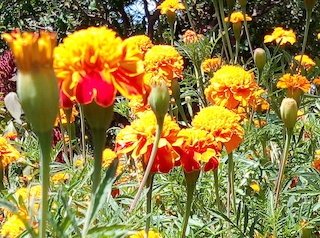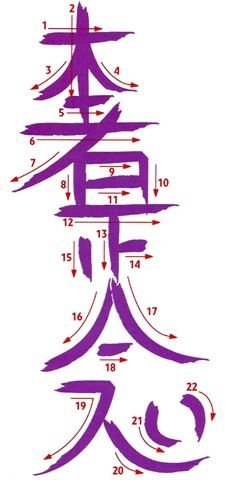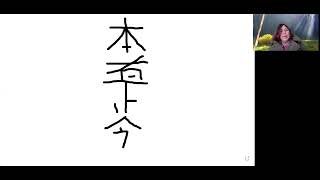
Hon sha ze Sho Nen Each pictograph in the symbol is a word. So you can say each word as you write it. But then you lose out on repeating it three times, which does not make good practical sense for activating the healing energy of the symbol. The way I was taught was by saying a word for each stroke drawn, and I still like this way of doing it.
My teacher taught me to finish with the English invocation:
“I greet the Divine spirit in you.”
or Alternatively,
“The Buddha-nature in me greets the Buddha-nature in you.”
I love this. It clarifies my mind and my perception and I believe it helps the client come back to who and what they truly are. Which brings calm, transcendence and heightened awareness. It’s not quite true to the original meaning. But I’ve been using it for decades, so not about to change now. It works, and it feels right for me personally.
Drawing the symbol
Now this is the most difficult symbol to draw. Until you get to the Reiki master symbol, Dai Ku Mei Yo. The most important thing to transmit is the energy, not the shape, sequence of strokes, pronunciation or anything else. Work on getting it right. Work on learning it again and again, with gaps between studying it as well. This will help anchor it into long-term muscle memory. But don’t stress! Stay in the flow and remember, you can always come back and practice more.
Saying the symbol
The original Japanese pronunciation is flipping impossible for your average English speaker. Here it is from Google translate, just to encourage you to relax about getting everything perfect, and to focus on the meaning and purpose of the symbol: https://translate.google.com/?sl=ja&tl=en&text=%0A本者是正念&op=translate
Here is the YouTube video to help you practice:
Free download and free vector download Hon Sha Ze Sho Nen
After spending many hours looking for these symbols behind paywalls that have nothing to do with Reiki, I’m sharing some examples here for other practitioners to use.




